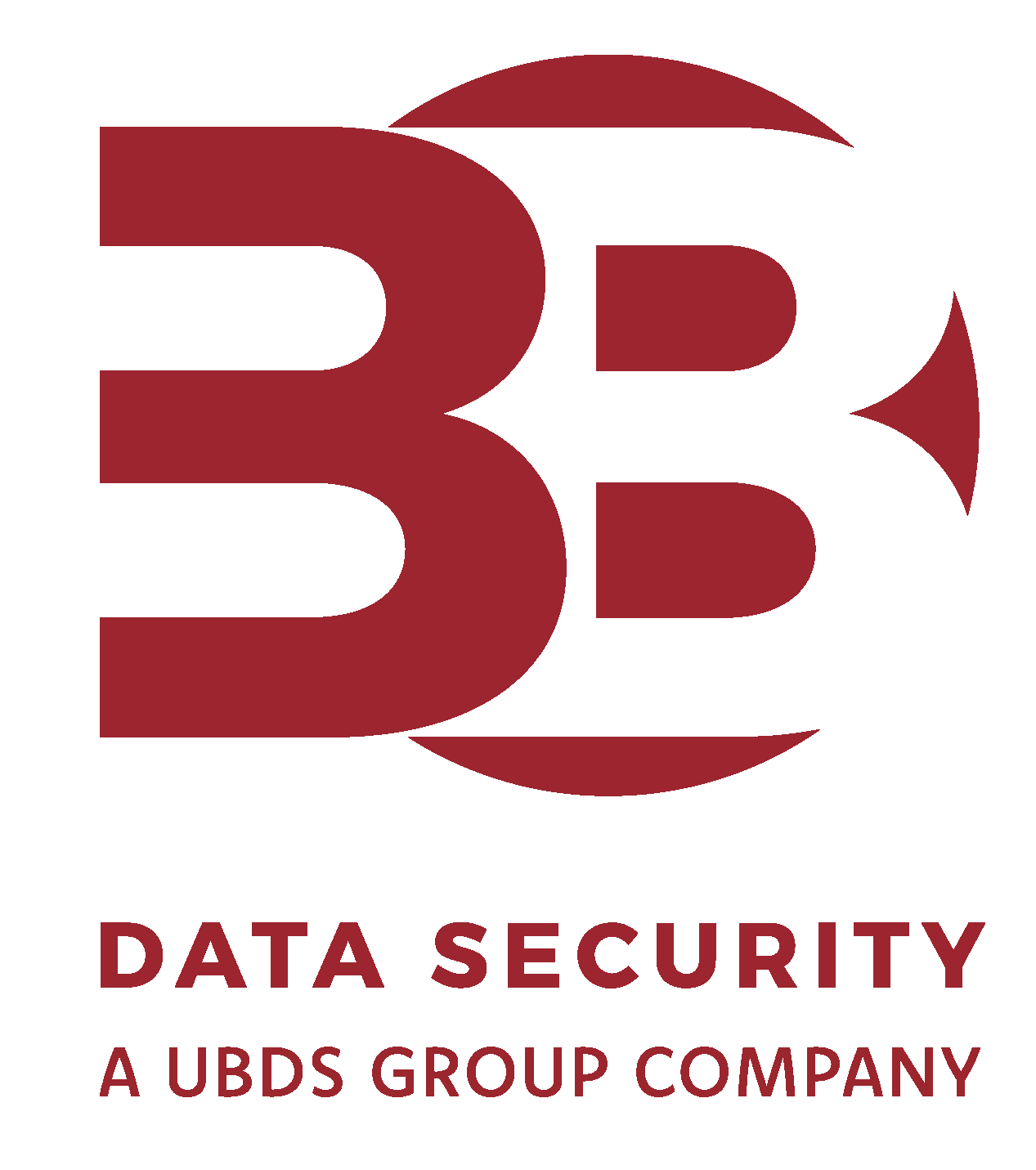PCI DSS isn’t just a technical standard. It’s a business-critical framework that helps protect your organisation, and your customers, from the serious risks tied to handling cardholder data. But despite being a well-established standard, many UK businesses still find PCI DSS confusing, overly complex, or just plain hard to keep on top of.
Whether you’re working through your first Self-Assessment Questionnaire (SAQ), integrating with new payment platforms, or prepping for your next audit, the same key questions come up again and again.
In this blog, we’ve answered the most common PCI DSS compliance questions in plain English. No jargon, no unnecessary complexity. Just what you need to know to stay secure, avoid fines, and remain audit ready.
PCI DSS Frequently Asked Questions
1. Does PCI DSS apply if we don’t store cardholder data?
Yes, and this is one of the most misunderstood points about PCI DSS.
Even if you never store cardholder data, the moment you process or transmit it, or may otherwise impact the security of cardholder data, you’re in scope. For example, if you operate an ecommerce site that uses Stripe, Shopify, or another payment gateway, your website may still handle sensitive card data before it’s passed off to the provider. That still counts and PCI DSS requirements still apply.
Why this matters:
Many organisations assume they’re exempt because they “don’t keep anything,” but PCI DSS applies to the entire transaction journey, and anything that could impact the security of that journey, not just the storage of cardholder data.
What to do:
Always carry out a formal scoping exercise to understand how and where cardholder data flows through your systems even if only briefly, or if you can impact the security of cardholder data in other ways (e.g. if you provide a managed service).
2. Is vulnerability scanning enough to meet PCI DSS testing requirements?
Not on its own. Vulnerability scanning may be applicable to you, but it’s only one piece of the puzzle.
PCI DSS Requirement 11 calls for both automated vulnerability scans and manual penetration testing. Scans are great for catching obvious or known issues, like missing security patches, but they won’t show you how those issues could be chained together by a real attacker.
Penetration testing simulates actual attacks, going beyond what a tool can do. It helps uncover logic flaws, access control weaknesses, or system misconfigurations that wouldn’t show up in a scan.
Pro tip:
Use a CREST or CHECK-accredited testing provider (like 3B Data Security) to ensure your testing meets PCI expectations and gives you actionable results.
3. Do we really need written policies for PCI DSS compliance?
Yes, and they’re more important than most people realise.
You might have strong technical controls, but if they’re not backed by clear, written policies and procedures, you’ll still fall short in a PCI audit. Documentation helps ensure that security practices are repeatable, reviewable, and enforceable, not just ad hoc.
Common requirements include:
- An information security policy
- Access control procedures
- Change management process
- Incident response plan
- Staff training records
Tip:
Skip the cookie-cutter templates. Your policies should reflect how your business actually operates. At 3B Data Security, we can help you align documentation with both your compliance goals and real-world operations.
4. Is PCI DSS a one-time certification?
No, and if you treat it that way, you’ll almost certainly fall out of compliance between audits.
PCI DSS is requires a continuous compliance model. Many of its controls are designed to be ongoing, not just something you spin up once a year before your QSA visit. Logging, patching, account reviews, staff training – all of these need to happen on a regular basis.
Best practice:
Build PCI DSS into your broader cyber security strategy. Don’t silo it as “just an IT thing” or something you do for auditors. When PCI is integrated properly, it becomes part of how you run a secure business.
5. How can we reduce the scope of our PCI DSS obligations?
You can reduce scope, but you can’t eliminate it entirely if your systems touch cardholder data at any point, or you can impact the security of cardholder data.
Here are common strategies to reduce scope:
- Use a PCI-compliant payment gateway that keeps your infrastructure out of the data flow
- Tokenise or encrypt sensitive data at the point of entry
- Implement network segmentation so only part of your environment is subject to PCI controls
- Avoid custom code wherever possible, especially for anything that touches payments
Scoping tip:
Work with a PCI specialist to clearly define what’s in and out of scope. Misjudging this is a common reason for failing audits or falling short during SAQ reviews.
Quick Tips for Year-Round PCI DSS Compliance
- Assign a named owner for PCI compliance, not just someone in IT, but someone who’ll own it day to day.
- Schedule quarterly patch reviews and user access audits.
- Enforce MFA for all remote admin access.
- Review and update your incident response plan at least once a year.
How 3B Data Security Helps You Stay PCI DSS Compliant
At 3B Data Security, we work with organisations across ecommerce, SaaS, retail, hospitality, and the public sector to simplify PCI DSS, without compromising on what matters.
Our PCI services include:
- Scoping and gap analysis
- SAQ guidance and audit prep
- Policy development and documentation
- Penetration testing and vulnerability scanning
- Incident response planning and breach readiness
- Ongoing advisory and continuous compliance support
Whether you’re just starting your PCI journey, fixing issues from a failed audit, or trying to reduce your compliance burden, we’ll tailor a clear, practical roadmap that works for your team, your environment, and your business goals.







